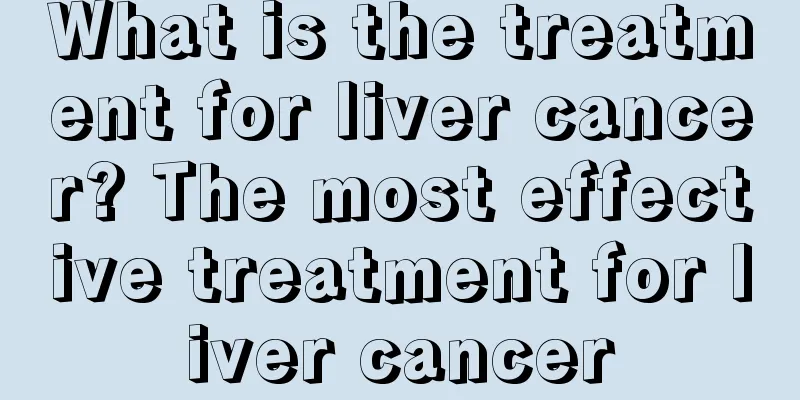What is the cause of small vessel vasculitis?

|
Blood vessels are spread throughout our body. If there is any disease in the blood vessels, it will pose a huge threat to our health. The causes of small vessel vasculitis are not fully understood and only a few can be determined. Small vessel vasculitis can be divided into several types, such as allergic leukocytoclastic vasculitis, polyarteritis nodosa, thrombotic vasculitis, etc. These vasculitis will have a series of impacts on the health of blood vessels, so the symptoms will be more complicated and have no directional characteristics. After vasculitis, the body will show some discomfort to some extent. Any discomfort should be checked in time to avoid delaying treatment of the disease. Causes A few causes are more clear, such as serum sickness, drug allergy and infection. Hepatitis B virus has been confirmed to be the cause of various vasculitis; Chinese cytomegalovirus, herpes simplex virus, etc. can also cause vasculitis. Classification 1. Allergic leukocytoclastic (necrotizing) vasculitis A group of vasculitic diseases caused by allergies due to various causes, mainly affecting small blood vessels, especially post-capillary veins. It is characterized by fibrin deposition, degeneration and necrosis in the vessel wall and surrounding tissues, infiltration of a large number of neutrophils and nuclear fragmentation into nuclear dust. The onset is usually acute, often with skin lesions of varying forms. The main ones include allergic cutaneous vasculitis, allergic systemic vasculitis, allergic purpura, hypocomplementary (urticarial) vasculitis, etc. 2. Polyarteritis nodosa A nongranulomatous vasculitis characterized by segmental inflammation and necrosis of medium and small muscular arteries. It can affect tissues, organs and blood vessels throughout the body, and the clinical manifestations are complex and non-specific. The main ones include systemic polyarteritis nodosa, benign cutaneous polyarteritis nodosa, infantile polyarteritis nodosa, etc. 3. Thrombotic vasculitis It mainly affects medium and small arteries and veins, is characterized by intravascular thrombosis, and presents different clinical manifestations. The main ones include thromboangiitis obliterans, thrombophlebitis, malignant atrophic papulosis, livedo reticularis vasculitis, thrombotic thrombocytopenic purpura, etc. |
<<: Don’t underestimate esophageal ulcers, the consequences are so serious!
>>: What should I do if I have herpes and it swells
Recommend
Is it good to drink a glass of boiled water on an empty stomach in the morning?
Nowadays, many people think that it is good to dr...
How should patients take good care of bladder cancer chemotherapy?
There are many treatments for bladder cancer, and...
Treatment of knee bone spur
When it comes to knee spurs, it is not unfamiliar...
Vitamin B2 oral ulcers
Vitamin B2 is an essential nutrient for the human...
Can I drink honey water when I have a cold
Colds are very common in our lives. Many people c...
How to deal with a sudden nosebleed in one nostril
When it is a slow change of seasons, or due to so...
How long does it take to have a follow-up examination after bladder cancer surgery
Generally, a follow-up examination is performed a...
Tips to prevent drowsiness during night shift
Some people work during the day, but some people ...
What are the differential diagnoses between lung abscess and lung cancer
The differential diagnosis methods for lung absce...
What are the dangers of having positive blood type O
O type blood is a blood type that many of our fri...
What is the function of potassium permanganate?
When we studied chemistry in junior high school, ...
The hazards of magnetic therapy mattress
The principle of magnetic therapy is to use artif...
What should we pay attention to in order to protect our eyesight?
Many people have had this experience: at a young ...
Calories of roasted gluten
Roasted gluten is a very common snack in our live...
What delicious food is there on South Street in Changzhou
South Street, located in the center of Changzhou,...









